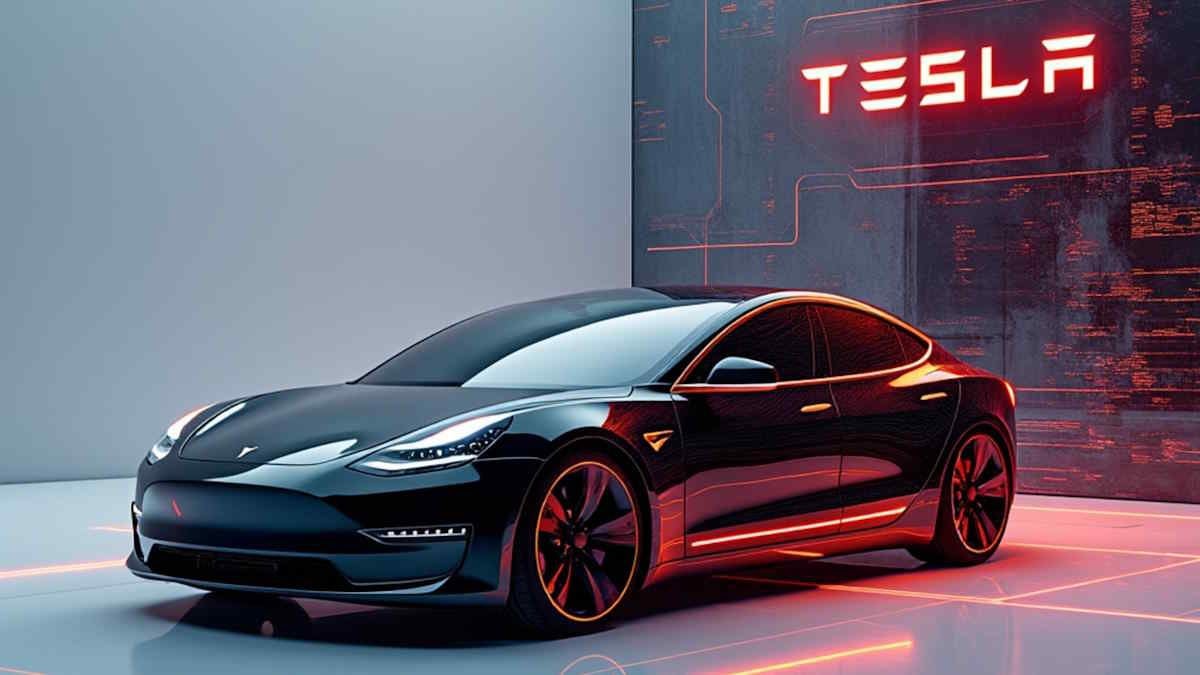Tesla's AI Roadmap: A Deep Dive into the Future of Autonomous Driving
Tesla, under the visionary leadership of Elon Musk, has once again taken the tech and automotive world by storm with its latest AI roadmap announcements.
This roadmap, detailed in various posts on X and through official channels, outlines Tesla's ambitious plans for enhancing its Full Self-Driving (FSD) capabilities and expanding its global footprint. Here's a comprehensive look at what's on the horizon and what it could mean for the future of transportation.
Enhancements in AI and FSD
September 2024 has been marked by the release of version 12.5.2 of Tesla's FSD software, which promises a significant leap in autonomous driving technology.
This update aims to triple the distance driven between necessary human interventions, showcasing a dramatic improvement in AI reliability and performance. Key features include:
- Integration of v12.5.2 AI3 computer support: This move ensures compatibility across Tesla's hardware, providing a unified software experience for users regardless of their vehicle's compute hardware.
- 'Actually Smart Summon' and 'Cybertruck Autopark': These features add to Tesla's suite of autonomous functionalities, enhancing vehicle maneuverability and parking capabilities.
Global Expansion Plans
Looking towards Q1 2025, Tesla's strategy includes rolling out FSD capabilities in Europe and China, pending regulatory approval. This expansion signifies Tesla's confidence in its technology and its readiness to tackle the complexities of different regulatory environments and road conditions globally.
Implications for the Industry
- Technological Leadership: Tesla's advancements place it at the forefront of autonomous driving technology. The company's approach, focusing on software over hardware, as noted by former Tesla AI head Andrej Karpathy, suggests that Tesla might be overcoming the more challenging aspect of autonomous driving, potentially giving it an edge over competitors like Waymo, which faces hardware scaling issues.
- Market Expansion and Revenue Streams: The planned rollout of FSD in new markets could significantly expand Tesla's customer base. Moreover, the potential licensing of FSD technology, as hinted at by Elon Musk, could open new revenue streams, transforming Tesla from just an EV manufacturer to a tech company licensing its AI solutions.
- Regulatory and Safety Considerations: Despite the technological advancements, Tesla faces hurdles in obtaining necessary permits for robotaxi operations across different states and countries. The safety and reliability of FSD must be demonstrated to regulators, which could delay or alter the rollout timeline.
- Economic and Environmental Impact: If Tesla achieves widespread adoption of FSD, it could lead to a reduction in human-driven vehicles, potentially lowering accident rates, reducing fuel consumption, and decreasing the environmental footprint of transportation. However, this also raises questions about job displacement in traditional driving roles.
- Cultural Shift: The introduction of robotaxis and widespread autonomous driving could fundamentally change how we think about car ownership, urban planning, and mobility. This shift might accelerate the move towards a service-based transportation model, where owning a car becomes less necessary.
Challenges Ahead
- Regulation: Navigating the complex web of international regulations will be crucial. Each market has its own standards for safety, data privacy, and operational permissions, which Tesla must address.
- Public Perception and Safety: Incidents involving Tesla's FSD, even if rare, can significantly impact public trust. Tesla must continue to enhance safety protocols and transparency.
- Technological Competition: While Tesla leads in software, competitors like Waymo are not far behind. The race to perfect autonomous driving technology remains fierce, with potential for rapid changes in market leadership.
Tesla's AI roadmap for 2024 and beyond paints a picture of a company not just pushing the boundaries of electric vehicles but redefining the future of transportation through AI.
The implications are vast, touching on technology, economy, society, and regulation. As Tesla moves forward with its plans, the world watches, anticipating how these developments will shape our daily lives, the automotive industry, and beyond.
This roadmap isn't just about cars; it's about steering towards a future where AI-driven mobility could become the norm, challenging us to adapt to a new era of transportation.
What do you think about Tesla's AI road map? Is it realistic in timelines, and will FSD version 13 release in October?
Share this article with friends and family and on social media - or leave a comment below. You can view my most recent articles here for further reading. I am also on X/Twitter where I post more than just articles daily, as well as LinkedIn! Thank you so much for your support!
Want a Tesla and $1,000 off? Be sure to use my referral code.
Hi! I'm Jeremy Noel Johnson, and I am a Tesla investor and supporter and own a 2022 Model 3 RWD EV and I don't have range anxiety :). I enjoy bringing you breaking Tesla news as well as anything about Tesla or other EV companies I can find, like Aptera. Other interests of mine are AI, Tesla Energy and the Tesla Bot! You can follow me on X.COM or LinkedIn to stay in touch and follow my Tesla and EV news coverage.
Image Credit: Tesla, Screenshot
Article Reference: Tesla





